How Many Kilograms of Forage Is Needed for a Calf to Be Raised and Sold, and How Many Kilograms of Fine Feed Is Needed Per Day?
Date: 02/19/2021 08:48:19 From: feed-pellet-plant.com Clicks:
How many kilograms of fodder is required for a beef calf to be raised and sold? How many kilograms of concentrate do you eat every day? This is a more complicated technical problem. How many catties of concentrated feed does a cow need per day? This is calculated based on the weight of the beef cattle. First of all, let's understand what the concentrate for raising cattle contains?
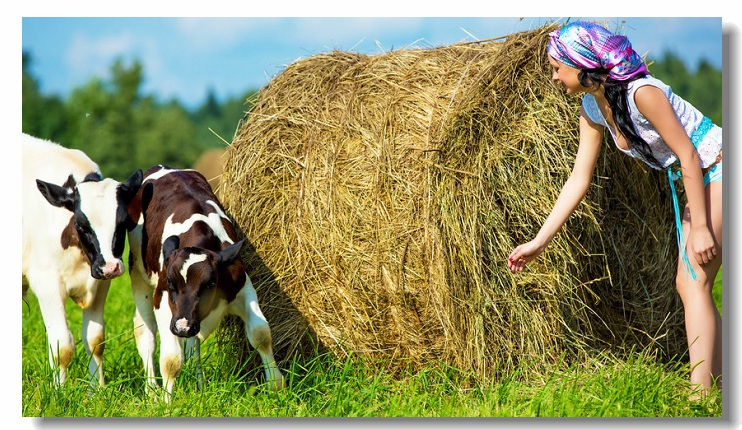
Calf and hay bale
I. What Does the Concentrate for Raising Cattle Contain?
Concentrated fodder refers to the seeds of gramineous and leguminous crops and their processing by-products. Generally, it contains less crude fiber and higher energy and protein. According to the content of sugar and protein, concentrated feed is divided into energy concentrate and protein concentrate.
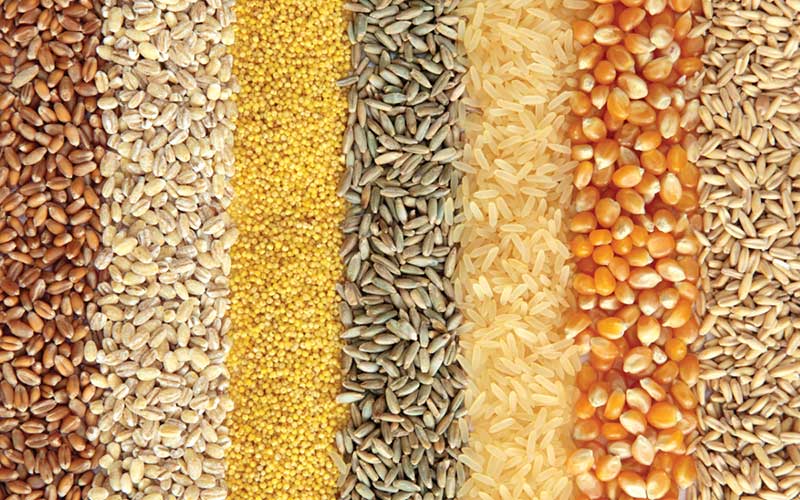
Concentrated fodder
(1) The crude fiber content in the dry matter of the energy feed is less than 15%, the crude protein content is less than 20%, and the non-nitrogen extract (sugar, fat) accounts for 60% to 70% of the feed is energy concentrate, including grass Cereal seeds and their processing by-products and root and tuber feed. The main purpose of using it to feed cattle is to supply energy. The nutritional characteristics of energy concentrates are high starch content, low crude fiber content, easy digestion and utilization, and less protein; less calcium and more phosphorus, more B vitamins, and less vitamin A and vitamin D. Therefore, it is best to use energy feed to feed cattle with some protein feed, and at the same time appropriate calcium and vitamin A supplementation to make the cattle's diet complete. Commonly used energy concentrates are corn, wheat, barley, oats, broken rice, cereal flour, bran, bran, sweet potato and so on.
1. Maize has a high net energy value and is easy to digest. The digestibility of the nitrogen-free extract is more than 90% and contains 7%-9% protein. The protein of corn lacks lysine, methionine and tryptophan, which is a high-energy feed with incomplete nutrients. It is best to use a proper amount of protein feed and supplement some inorganic salts and vitamins.
2. Wheat iron (bran) Wheat bran is a by-product of flour processing, and its nutritional value varies with the degree of flour processing. The skin of refined powder has higher nutritional value, while the skin of coarse powder has lower nutritional value. Drum skin is rich in B vitamins, with a protein content of 12% to 17%. It has good palatability, has a laxative effect and nourishment, with less calcium and more phosphorus.
3. Rice bran (fine bran) Rice bran contains less crude protein, less crude fiber, less calcium and more phosphorus. Rice bran contains more fat and should not be fed too much to avoid diarrhea. In addition, rice bran is prone to oxidative rancidity and should not be stored for a long time.
4. Sweet potato Sweet potato contains more starch, less crude protein and crude fiber, is easy to digest, and has good palatability.
(2) Protein concentrate is a protein concentrate with a crude protein content of more than 20% and a crude fiber content of less than 18% in the dry matter of the feed. For cattle, the protein feed has a wide range, including generally protein-rich oil seeds and their processing by-products, as well as non-protein nitrogenous substances suitable for rumen microbial utilization, such as urea and biuret. Commonly used protein concentrates are mainly by-products of oil extraction, such as soybean cake, peanut cake, coconut cake, rapeseed cake, cottonseed cake, etc. Tofu residue is also a protein concentrate.
1. Soybean cake (soybean cake) contains 40%-45% protein. Good palatability. Raw soybeans contain antitrypsin, which hinders the digestion of protein. It is best to fry or cook raw soybeans to destroy the antitrypsin.
2. Peanut Cake (Peanut Iron) Peanut Cake is a good plant-based protein concentrate, containing 40% to 49% crude protein and good palatability. Peanut cakes should be used fresh and should not be stored for a long time, otherwise they will be easily affected by damp degeneration and contamination by Aspergillus flavus.
3. Coconut cake Coconut is one of the specialty products of Guangdong and Hainan. Coconut cake contains 18%-22% crude protein, higher crude fiber content, and higher calcium and phosphorus content.
II. How Many Kilograms of Fodder Is Needed for a Calf to Be Raised and Sold?
If you start raising 200 kilograms of beef calves and raise them to 700 kilograms, it will take 10 months and 300 days and 5 kilograms per day. This beef cow needs about 1485 kilograms of concentrated feed from the introduction to the slaughter.
If you start raising 150 kilograms of beef calves and raise them to 650 kilograms, it will take 10 months and 300 days, 4.2 kilograms per day. This beef cow needs about 1245 kilograms of concentrated feed from introduction to slaughter.
III. How many kilograms of fine feed does a cow need per day?
How much fine feed does beef cattle eat every day? Calculation method: The fine feed intake accounts for 0.7-1.1% of the beef cattle's body weight, which means: 50 kg of cattle must be guaranteed 0.35 kg of fine feed per day, and the maximum should not exceed 0.6 kg. 250 kg of cattle are guaranteed 2.5 kg of mixed concentrate per day, and 400 kg of beef cattle need about 4 kg of concentrate per day.
If you buy 200 kg of beef calves and start raising them and raise them to 700 kg for slaughter, this beef cattle will weigh 450 kg per day and needs about 5 kg of concentrated feed per day.
If you buy a 150 kg beef calf and start raising it and raise it to 600 kg for slaughter, this beef cattle weighs 375 kg per day and needs about 4.15 kg of concentrated feed per day.
Now the price of buying cattle feed continues to rise, and the cost of raising cattle is also increasing. We know that 60-70% of the cost of raising cattle comes from the cost of cattle feed. How to reduce the cost of cattle feed? It is too expensive to buy cattle feed pellets. It is necessary for the business to invest in a small and medium-sized cattle feed pellet machine or cattle feed pellet production line. If the budget is sufficient, you can purchase a larger output of cattle feed pellets, and the feed pellets that the cattle cannot eat can be sold. This can reduce the cost of raising cattle and make money. It is also a good choice. There are also many users who buy Richi mechanical cattle feed pellet machine. Today I will share a project case for you.
5-6T/H Cattle Feed+10T/H Chicken Feed Pellet Production Line Export To Saudi Arabia
- Name: Alfalfa Feed Pellet Production Line
- Country: Saudi Arabia
- Capacity: 5-6T/H Cattle Feed+10T/H Chicken Feed
- Date: March 30th,2018
- Installation cycle: 60 Days
- Feed Pellet Size: 1-2mm pellet
- Workshop size(L*W*H):16m*8m*12m
- Main Raw material:grass, alfalfa , corn, soybean meal
- Main Machines List. 1.feed hammer mill*90KW; 2. feed mixer*3500kg/batch; 3. feed pellet machine*160kw; 4. cooling machine; 5.crumbler machine; 6. screen machine; 7. automatic packing machine and other equipment, It's one set full automatic contral system.
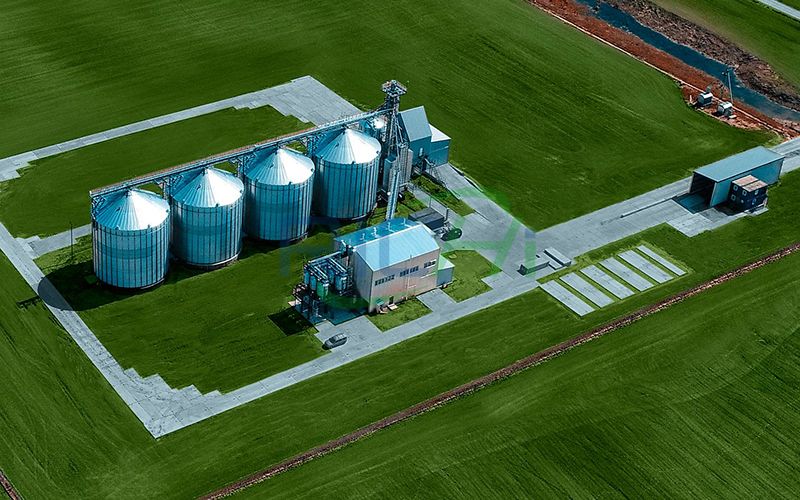
Alfalfa Feed Pellet Production Line
Our Service After-Sale:
1. We send two technical and installation engineers to guide the installation.
2. After installation and adjust, we have trained our customer's worker how to operate;
3. Training worker how to maintain and protect;
4. According features, we will make a complete maintain rules for you, contains how to maintain, when to maintain, who maintain.
5. Our company after-sale department will call Saudi Arabia's customer at regular intervals, ask if maintain and give advice;
6. Except for the wearing parts, our company offers one year free warranty and permanent free technical support.
The above is the article for you: How Many Kilograms of Forage Is Needed for a Calf to Be Raised and Sold, and How Many Kilograms of Fine Feed Is Needed Per Day?. If you are interested in our products or project solutions, please contact us. We will give you the best product quality and the best price. Email: enquiry@pellet-richi.com
Related Product
Production Line Equipment
related News
- >Uzbekistan Gizak 1t/h-2t/h Animal Feed Processing Plant for Floati
- >What is the price of the cattle and chicken feed machinery product
- >How to Choose Premix for Cattle Feed Manufacturers?
- >Cattle Feed Pellet Machine Solves the Problem of Cattle Feeding in
- >How to Make Cattle Feed Pellets? Is It Good for Cattle to Eat Feed
- >What Are the Costs to Consider When Investing in a Cattle Farm?
- >The Feed Pellet Machine Makes Corn Stalks Into Cattle and Sheep Fe
- >Practical | How to Prepare Cattle Premix to Achieve Fast Fattening
- >300kg-500kg Beef Cattle Feed Formula and Cattle Feed Pellet Machin
- >Cheats for Calf Feed Formula in Cattle Farms, What Feed Do Calves
Here you can submit any questions and we will get back to you as soon as possible. We will not disclose the information you submit to anyone, please rest assured.
Copyright© 2022 Richi Machinery. All rights reserved. Site Map


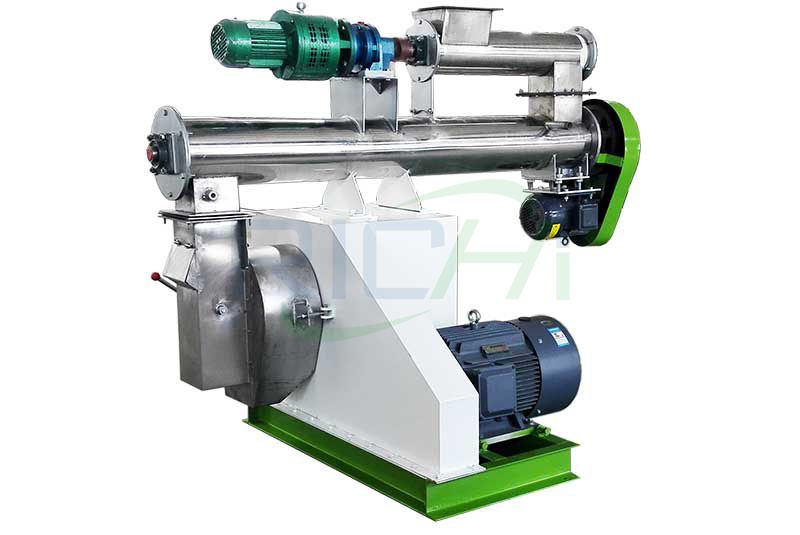
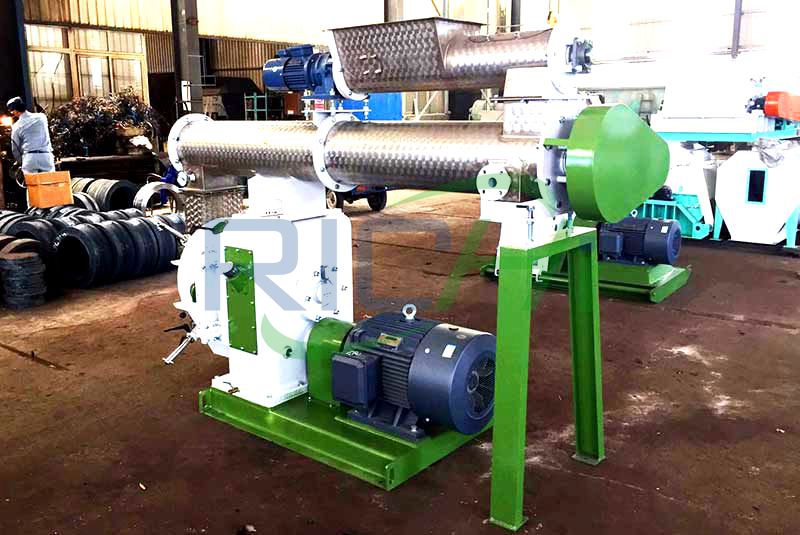
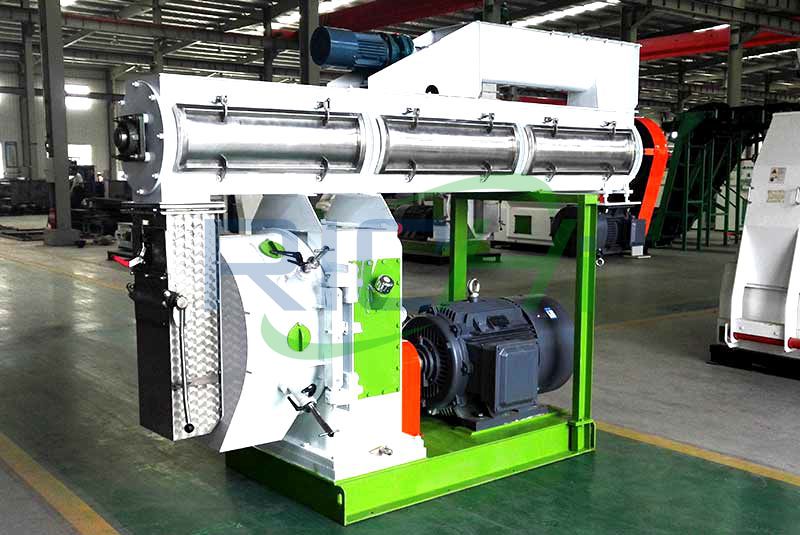
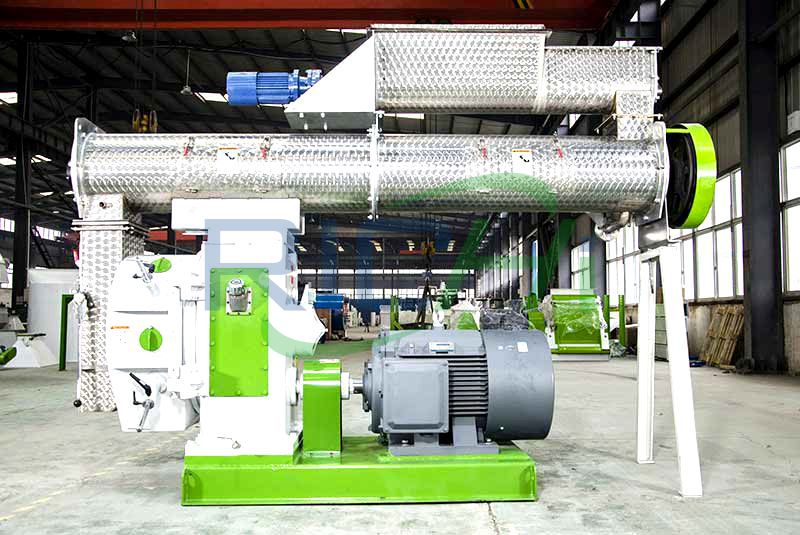
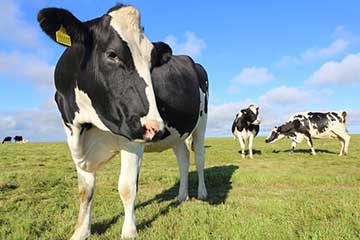
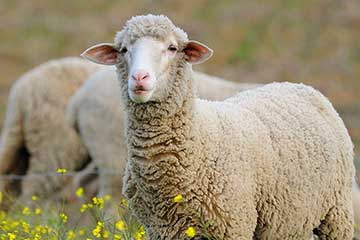
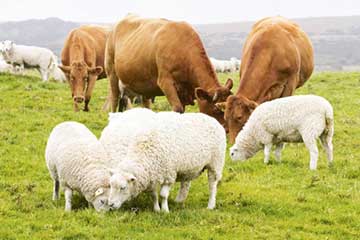
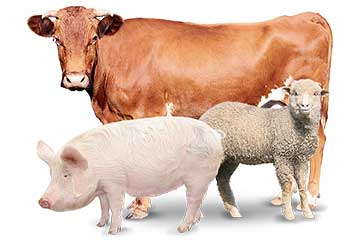
 Product Center
Product Center Get Latest Price
Get Latest Price